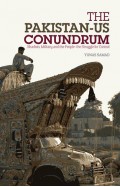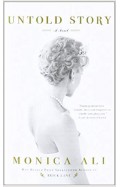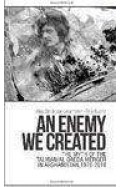- Home
- Books
- Book Bazaar Upto 80% Off
- If This Is A Woman: Inside Ravensbruck: Hitlers Concentration Camp For Women
If This Is A Woman: Inside Ravensbruck: Hitlers Concentration Camp For Women
By: Sarah Helm
-
Rs 1,042.25
- Rs 1,895.00
- 45%
You save Rs 852.75.
Due to constant currency fluctuation, prices are subject to change with or without notice.
On a sunny morning in May 1939 a phalanx of 800 women - housewives, doctors, opera singers, politicians, prostitutes - were marched through the woods fifty miles north of Berlin, driven on past a shining lake, then herded through giant gates. Whipping and kicking them were scores of German women guards.
Their destination was Ravensbrück, a concentration camp designed specifically for women by Heinrich Himmler, prime architect of the Nazi genocide.
For decades the story of Ravensbrück was hidden behind the Iron Curtain and today is still little known. Using testimony unearthed since the end of the Cold War, and interviews with survivors who have never spoken before, Helm has ventured into the heart of the camp, demonstrating for the reader in riveting detail how easily and quickly the unthinkable horror evolved.
'It not only fills a gap in Holocaust history but it is an utterly compelling read' Taylor Downing, History Today
'A sense of urgency infuses this history, which comes just in time to gather the testimony of the camp's survivors . . . meticulous, unblinking . . . [Helm's] book comes not a moment too soon' The Economist
On a sunny morning in May 1939 a phalanx of 800 women - housewives, doctors, opera singers, politicians, prostitutes - were marched through the woods fifty miles north of Berlin, driven on past a shining lake, then herded through giant gates. Whipping and kicking them were scores of German women guards.
Their destination was Ravensbrück, a concentration camp designed specifically for women by Heinrich Himmler, prime architect of the Nazi genocide.
For decades the story of Ravensbrück was hidden behind the Iron Curtain and today is still little known. Using testimony unearthed since the end of the Cold War, and interviews with survivors who have never spoken before, Helm has ventured into the heart of the camp, demonstrating for the reader in riveting detail how easily and quickly the unthinkable horror evolved.
'It not only fills a gap in Holocaust history but it is an utterly compelling read' Taylor Downing, History Today
'A sense of urgency infuses this history, which comes just in time to gather the testimony of the camp's survivors . . . meticulous, unblinking . . . [Helm's] book comes not a moment too soon' The Economist
If This Is A Woman Inside Ravensbruck Hitlers Concentration Camp for Women
By: Sarah Helm
Rs 1,421.25 Rs 1,895.00 Ex Tax :Rs 1,421.25
If This Is A Woman: Inside Ravensbruck: Hitlers Concentration Camp For Women
By: Sarah Helm
Rs 1,042.25 Rs 1,895.00 Ex Tax :Rs 1,042.25
Zubin Mehta: A Musical Journey (An Authorized Biography)
By: VOID - Bakhtiar K. Dadabhoy
Rs 472.50 Rs 1,050.00 Ex Tax :Rs 472.50
The Origins of Political Order From Prehuman Times to the French RevolutioN
By: Francis Fukuyama
Rs 3,505.50 Rs 3,895.00 Ex Tax :Rs 3,505.50
Manning Up: How the Rise of Women Has Turned Men into Boys
By: Kay Hymowitz
Rs 646.75 Rs 995.00 Ex Tax :Rs 646.75
The Obama Syndrome: Surrender At Home War Abroad
By: Tariq Ali
Rs 1,165.50 Rs 1,295.00 Ex Tax :Rs 1,165.50
The Quest For Meaning: Developing A Philosophy Of Pluralism
By: Tariq Ramadan
Rs 1,255.50 Rs 1,395.00 Ex Tax :Rs 1,255.50
The Pakistan US Conundrum Jihadists The Military And The People The Struggle For Control
By: Yunas Samad
Rs 1,255.50 Rs 1,395.00 Ex Tax :Rs 1,255.50
An Enemy We Created: The Myth Of The Taliban Al Qaeda Merger In Afghanistan 19702010
By: Alex Strick van Linschoten
Rs 3,412.50 Rs 5,250.00 Ex Tax :Rs 3,412.50
WikiLeaks: Inside Julian Assanges War on Secrecy
By: David Leigh & Luke Harding
Rs 552.50 Rs 850.00 Ex Tax :Rs 552.50
No similar books from this author available at the moment.
No recently viewed books available at the moment.
Zubin Mehta: A Musical Journey (An Authorized Biography)
By: VOID - Bakhtiar K. Dadabhoy
Rs 472.50 Rs 1,050.00 Ex Tax :Rs 472.50
If This Is A Woman Inside Ravensbruck Hitlers Concentration Camp for Women
By: Sarah Helm
Rs 1,421.25 Rs 1,895.00 Ex Tax :Rs 1,421.25
If This Is A Woman: Inside Ravensbruck: Hitlers Concentration Camp For Women
By: Sarah Helm
Rs 1,042.25 Rs 1,895.00 Ex Tax :Rs 1,042.25












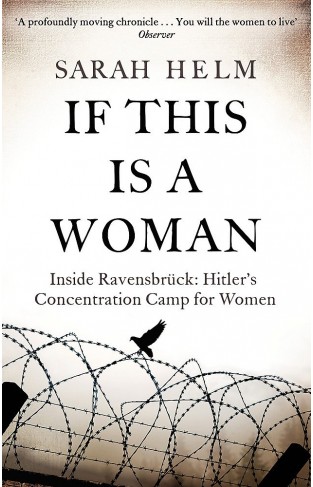
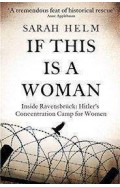
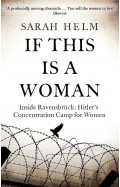
-120x187.jpg?q6)





-120x187.jpg?q6)



-120x187.jpg?q6)
